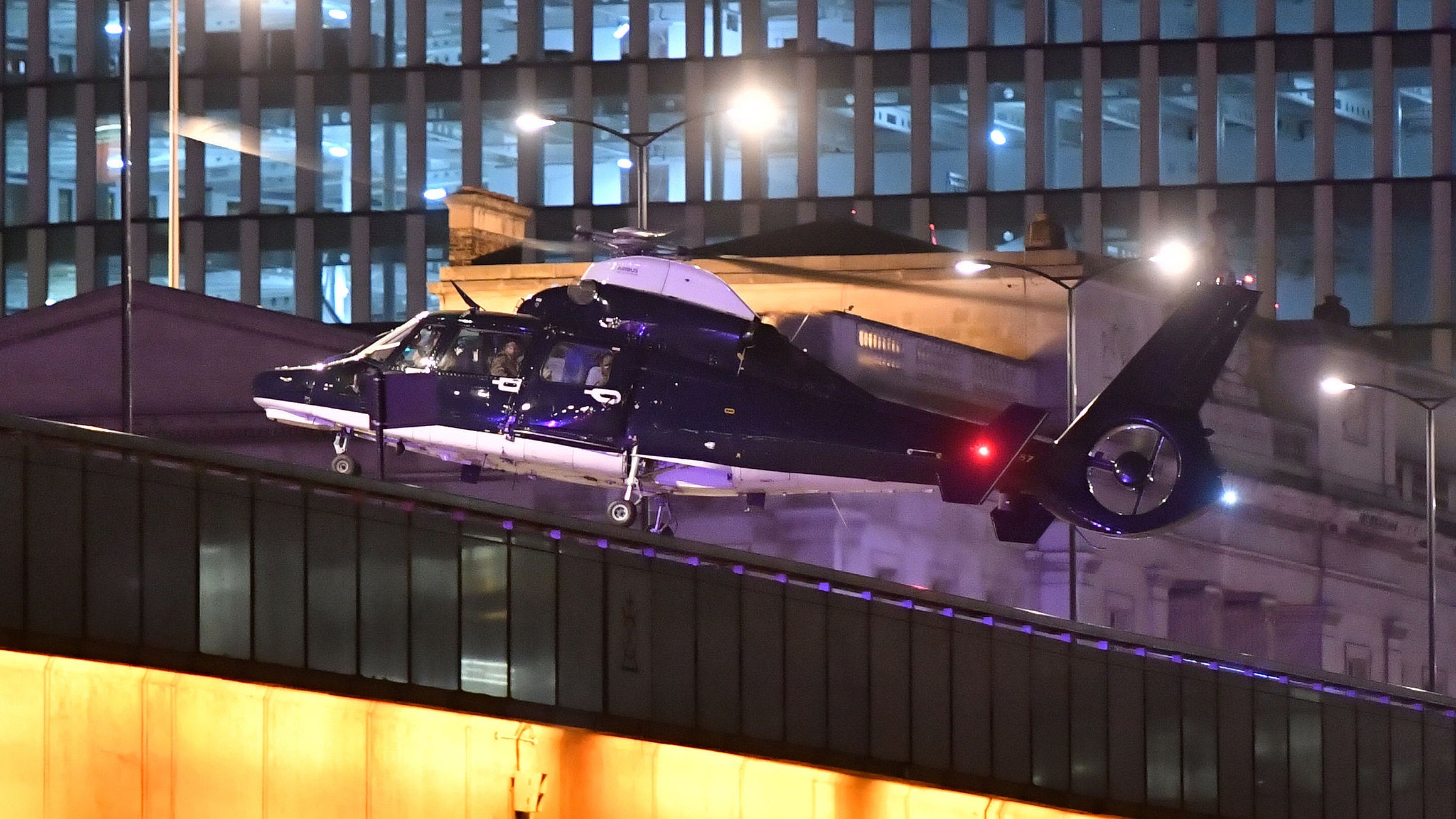Britain’s shadowy, top tier counter-terror unit sprung into action during the dastardly van and knife attack on civilians in London on Saturday night. The arrival of a usually very shy unmarked blue and white AS365N3 Dolphin helicopter couldn’t have taken on a higher-profile, as the commando-laden chopper touched down right on London Bridge shortly after the mayhem had ended. Although it is very likely the unit, and the unique helicopters that service it, have been involved in other operations since it began to enter into the public’s view a couple of years ago, it seems that this is the first time their presence at the scene of such an tragedy was made overtly clear.
The counter terrorism unit, which by some accounts was organized before the 2012 Olympics, and by other accounts shortly after the 2015 attacks on Paris, is said to be made up of about 70 Special Air Service (SAS) operators and a support staff tailored to their unique mission set. The commandos are thought to be made up of a sub-force of the vaunted 22nd SAS Regiment in particular. Their helicopters are flown by 658 Squadron of the Army Air Corps, based at Credenhill, alongside SAS headquarters.
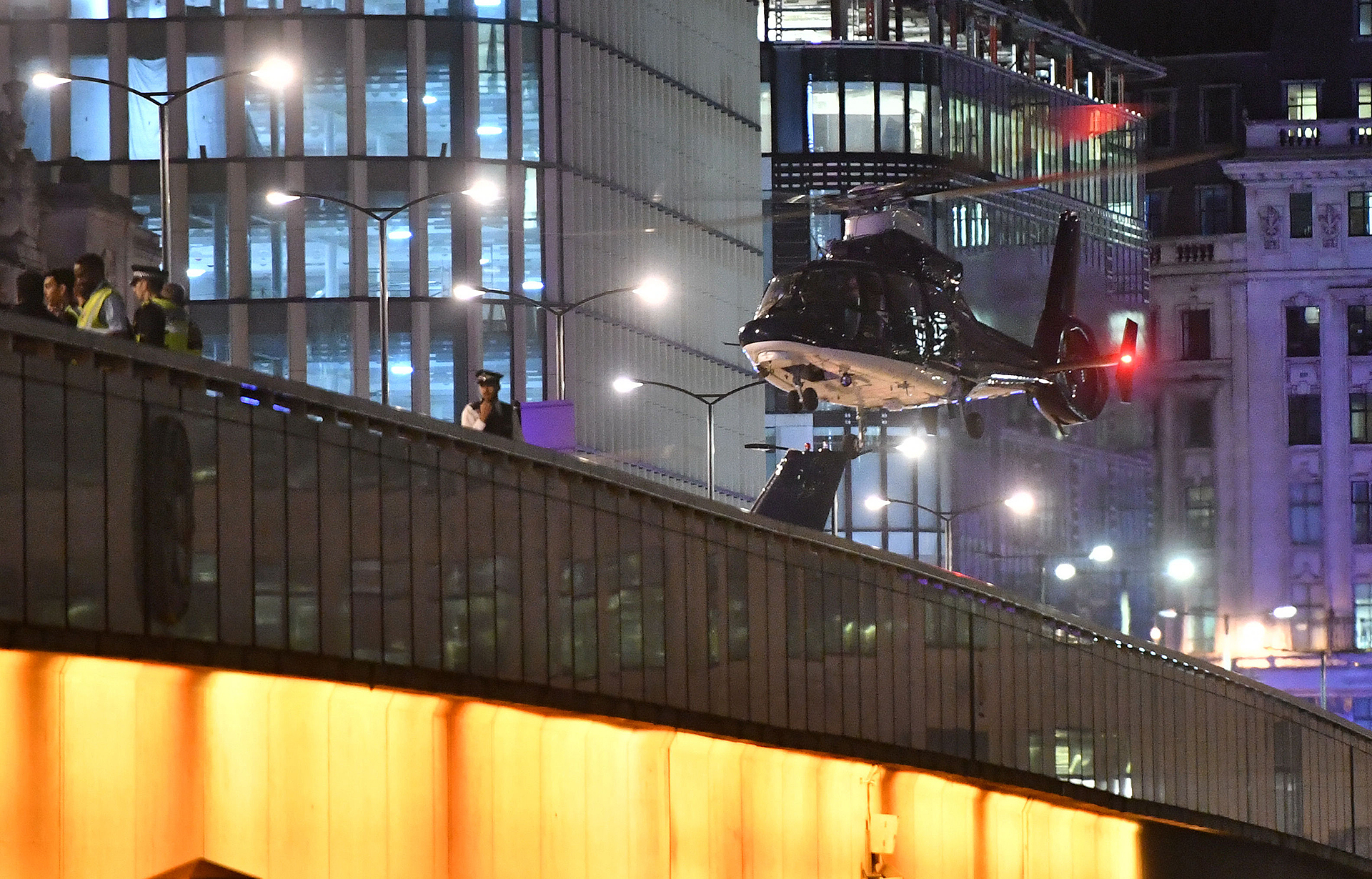
The unit supposedly has a stovepipe-like command structure that reports directly to the Home Secretary. Small teams from the unit sit alert at a handful of airfields around the country, ready to respond to a terrorist act on short notice, and use the specially outfitted blue and white Dolphin II helicopters at their disposal to rush them to the scene of an unfolding attack. This is where the public’s “Blue Thunder” moniker for the unit comes from. It is based on the 1980s cult classic movie about a secret law enforcement helicopter with the same title and color. Because the public has so little information about the unit, tabloids slapped the nickname on it based on the secretive helicopters that cart the heavily armed operators around. It is unknown at this time if the force has adopted the public’s unique nickname for itself.
The Dolphins have special radio communications suites and can provide overwatch as well as rapid transport for SAS commandos. Some of these helicopters, 658 Squadron has five in all, have been seen outfitted with a FLIR ball under the right side of their fuselages. They are also capable of fast-roping operations for rapid tactical insertions even in tight quarters. The helicopters are also likely night-vision compatible, as they may have to make sneak insertions at night in close proximity to the enemy.

Last night, London police engaged and killed the three terrorists, which were outfitted with 12 inch knives and fake suicide vests, within eight minutes of being called, leaving the SAS troops with little shooting to do. But at the time, it was thought more attackers were on the run, and the unit was supposedly sent to hunt for any other terrorists the police had not already subdued.
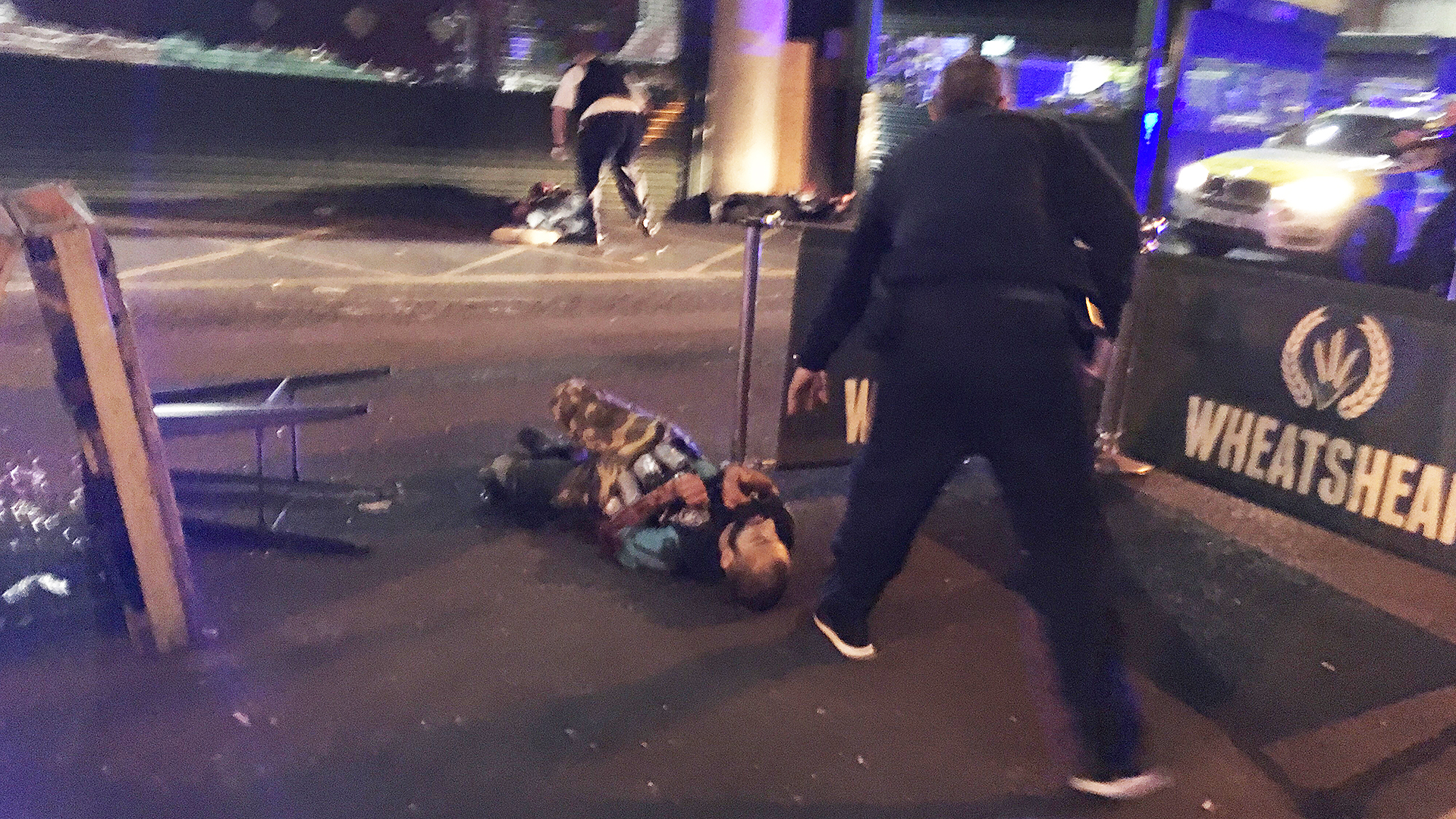
If a similar attack were to occur, albeit one where the terrorists are better armed, the SAS operators would likely be the ones to execute a direct action in an attempt to end a rampage. The use of SAS troops against terrorists in domestic situations has a long history in England. The Princes Gate hostage situation, one of the highest profile counter-terrorism operations ever, made the secretive force far more famous than it had been prior. Today, the SAS is featured prominently in television shows, movies and video games.
A city like London has other counter-terror forces, including the Metropolitan Police’s SWAT-like Counter Terrorist Specialist Firearms Officer (CTSFO) teams. Some of which now ride around on BMW motorcycles, allowing them to get anywhere fast, even in traffic. And just like other European countries—France for instance—the UK has multiple units from across its police forces and military that can work together during a protracted emergency to provide enough capacity to deal with simultaneous attacks on multiple locations. Still, the “Blue Thunder” quick reaction alert sub-unit of 22 SAS seems to be at the very tip of the Crown’s counter-terror spear.
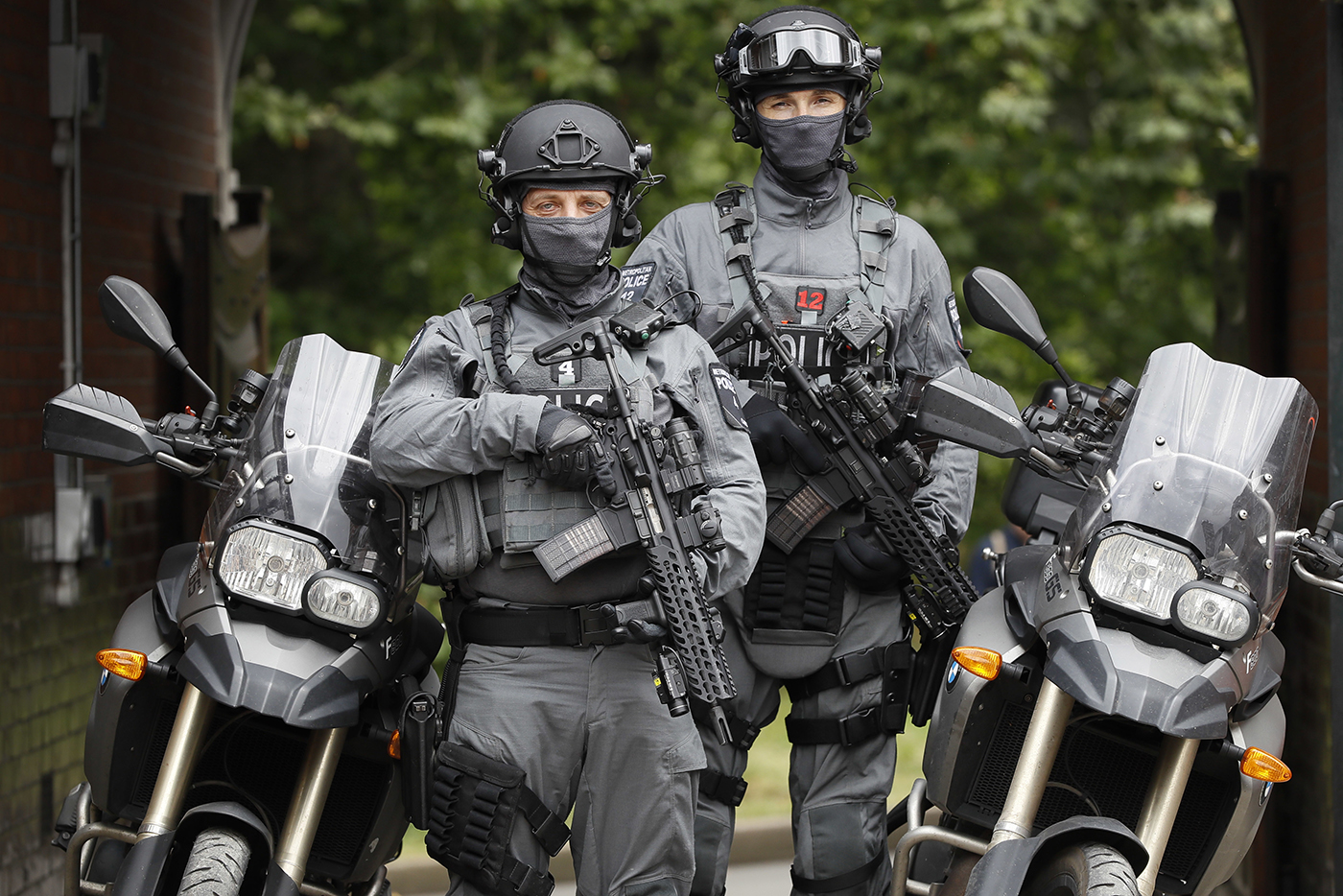
The unit’s rapid reaction helicopter detachment is likely a product of the changing nature of terrorism. Instead of the hostage taking based terror incidents of the past, where local police can secure a perimeter and get the ball rolling with intelligence gathering and even negotiating with the hostage takers, roving “maximum violence” attacks, like what happened in Mumbai, and in Paris to some extent, require a far more rapid direct action response.
In other words, waiting to execute a planned counter-assault is a luxury that simply doesn’t exist anymore under most modern terror scenarios. So having a helicopter on standby that can allow a small squad of heavily-armed and highly-trained operators to respond to the center of the attack as it is unfolding, means that less innocent lives will be lost. Time is literally a matter of life and death.
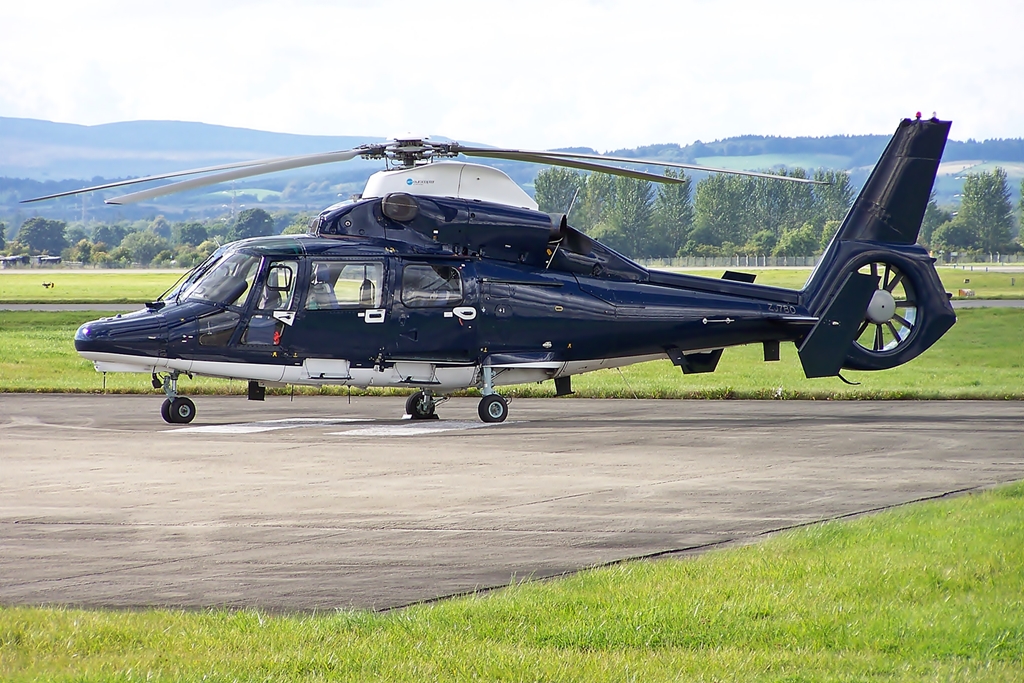
It really becomes a matter of how fast can a force mow down the enemy while presenting as little risk to innocent life as possible. But considering this new brand of terror’s focus on maximum destruction for its own sake, even losing innocent lives to stop an attack that would otherwise result in the loss of a much greater number of innocent lives is a sad reality that counter-terror forces are struggling with.
With all this in mind, “Blue Thunder” and the operators it carries, represents truly a “silver bullet” force that has risen from the realities of a new, much more nimble, blunt and decentralized terror threat. And considering the idea is all about getting these operators within engagement range of the bad guys as soon as possible, even the fairly mundane helicopters the unit uses could be the target of enemy fire.

The UK media has mentioned that “Blue Thunder” helicopters and the SAS counter-terror unit they support can operate with British Army Apache Ah1 Attack Helicopters. This is likely true, but not because the Apache packs a 30mm chain gun and Hellfire missiles, but because its sensor suite is extremely capable of collecting intelligence in urban environments. 658 Squadron also flies Gazelle scout helicopters, which could put their own sensors to use in a similar fashion during a large-scale counter-terror operation.
After three terror attacks in just three months, it looks like the UK will up its counter-terror capabilities once again. But hopefully we won’t have see “Blue Thunder” again any time soon.
Contact the author: Tyler@thedrive.com
